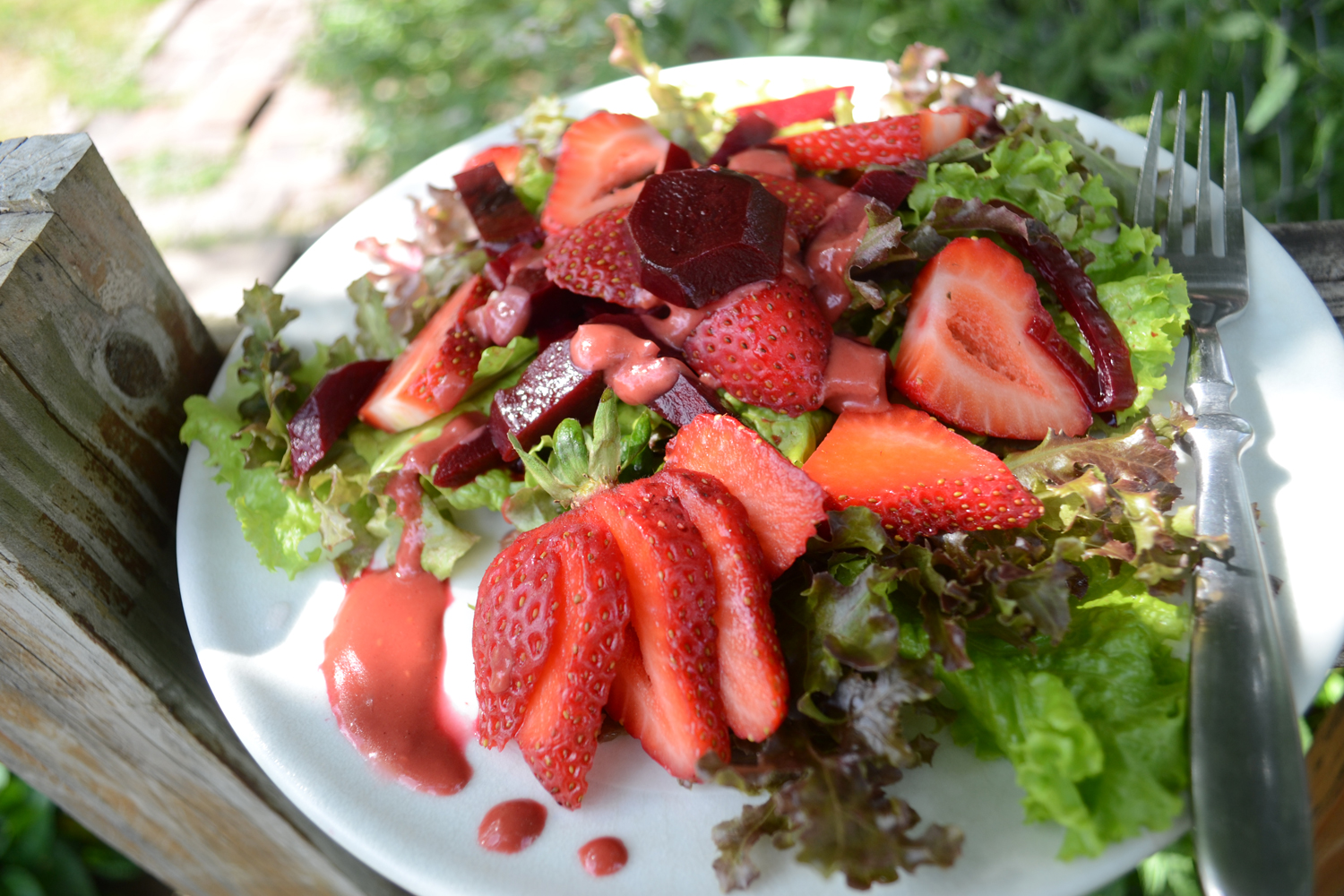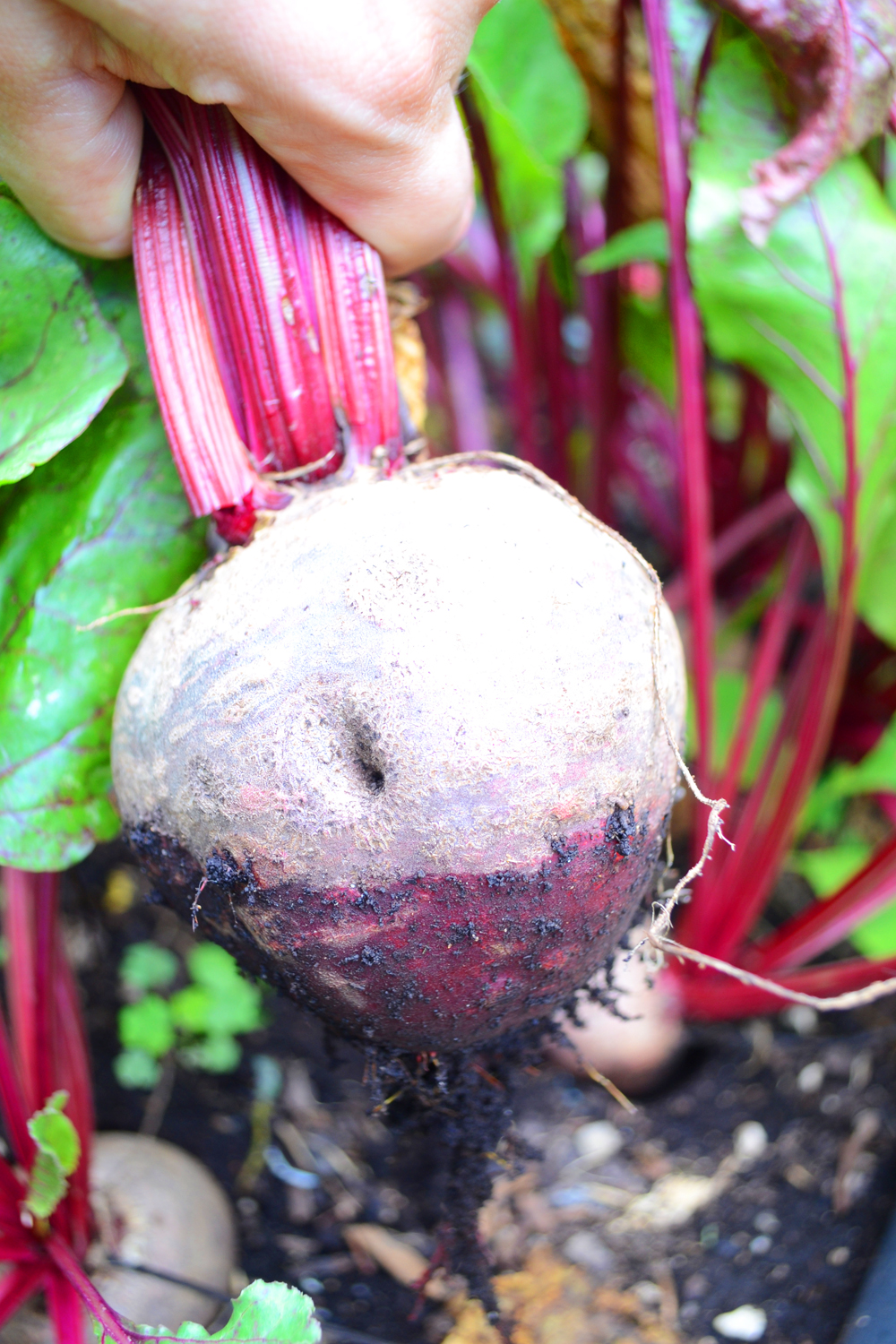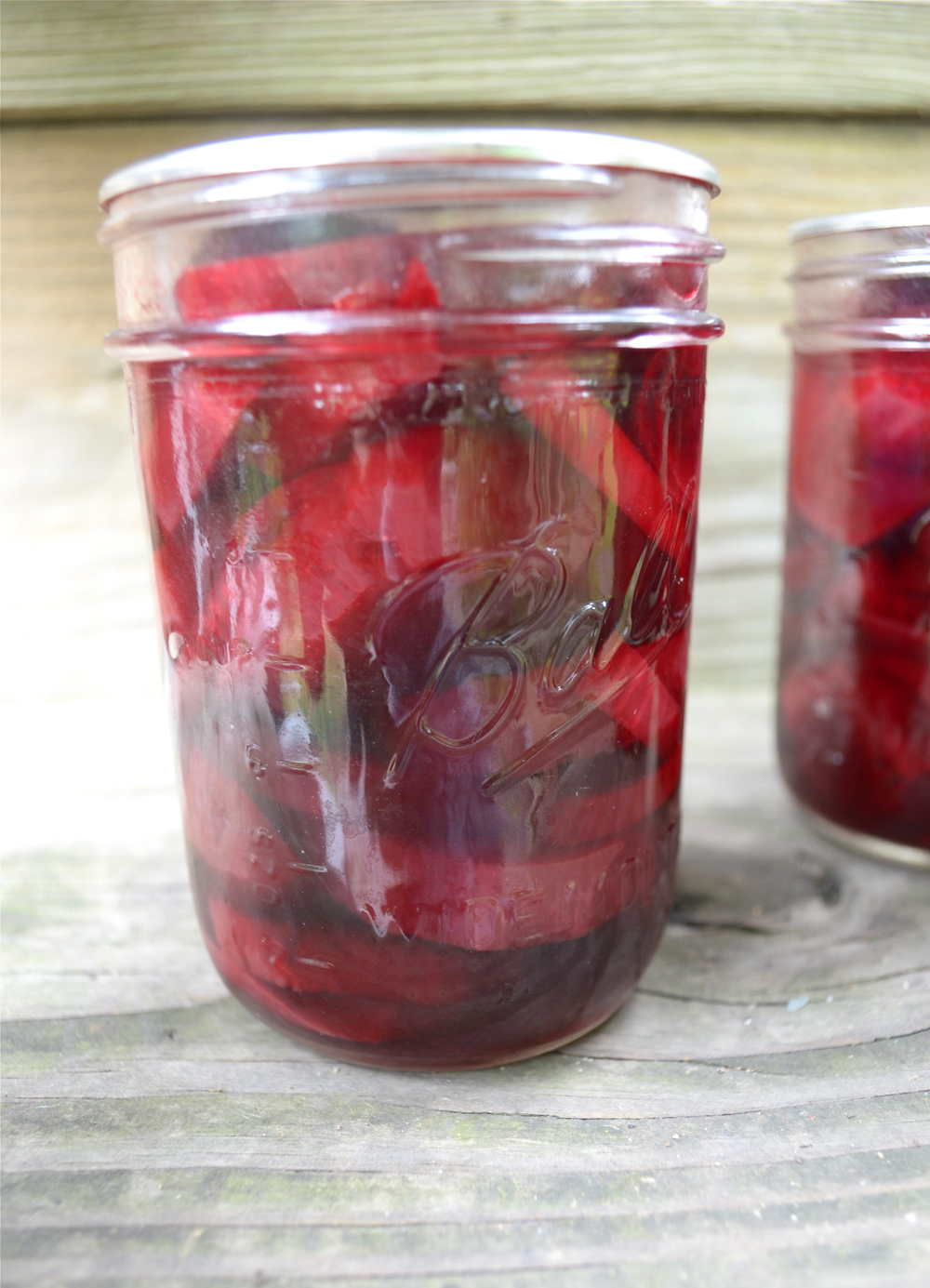How to make Elderberry Extract - boost your immunity and skip getting sick with the flu
Vitamin C is great stuff but sometimes it's just not enough. You need a variety of healthy options you can reach for when you feel a germ coming on.
Elderberry extract is an effective and tasty herbal remedy that you can use to boost your immunity during cold and flu season. It's part of my family's herbal arsenal and we use it every year. I thought you might like to see just how easy it is to make and use. Kids will even drink it in their juice, and who doesn't want a better way to keep your littles happy and healthy?
Elderberry syrups are common at health food stores and great to use if you can. They can get a little pricey to use on a regular basis for a whole family, though. Elderberries work by preventing the influenza virus from being able to attach and replicate within host cells in your body. That means even if you manage to catch a bug if you start treatment with Elderberry you can shorten the time you are sick. If the virus can't replicate it can't make you so miserable. Treatment with elderberry syrups has shortened recovery times to as little as 2 days - it really works! Read up on more information about elderberries, a wellness herbal treatment that has been used for generations.
Elderberries are also rich in antioxidants, so they provide anti-aging benefits to your body as well. The rich purple color is from anthocyanins. They're anti-inflammatory. This little berry has a lot to offer.
I did the math really quickly, so I ended up with my recipe being a little more liquid than wanted to fit in my quart jar due to the fact that alcohol is lighter than water and therefore takes up more volume. Whoops! I should have accounted for that to start with. Use these numbers instead to fit it all in. It's a 50% alcohol solution.
Supplies you'll need:
A clean quart glass jar
Measuring cups
Digital scale
Wire mesh strainer for when the extract is finished
Elderberry Extract Recipe at 5:1 concentration
28 oz / 812 g total weight:
135.3 g dried, ripe elderberries
676.7 g sustainable or organic vodka
OR
338.3 g filtered water and 338.3 g Everclear or other 95% pure ethanol
Directions: Measure and combine all ingredients in the jar. Allow to steep for 2 to 6 weeks in a cool, dark place. After steeping strain out the berries using the mesh strainer. Use 15 ml (1 Tbsp) of extract in a cup of juice or smoothie each day to provide antioxidants and immunity boost. It's also tasty in a cup of plain green tea or Matcha green tea too.
You can get bulk organic elderberries by ordering online or from your local herb shop.
If you have any auto-immune conditions or are on immune suppressing drugs you may wish to consult your doctor or naturopath before taking Elderberry. See a list of precautions and possible interactions online.
For most adults and children this is a very tasty, safe way to stay well during flu season and, of course, totally natural. Skip the synthetic colored cough syrups and enjoy elderberry instead.
I also adore Gaia Herbs products. When I'm on the road and away from my bottle of elderberry or just needing the additional support I take their liquicap extracts. Their Echinacea/Goldenseal combination is in my cabinet every year. They also make capsules for Elderberry and plain Echinacea in case the bit of St. John's Wort in the combo capsule just isn't for you. The liquid extracts they produce are just more effective than most powdered extracts and they put a huge amount of time and effort into both their cultivation, extraction and science. I can't recommend this brand highly enough. (and no, they do not pay me or sample me even, I just love what they do) I purchased these capsules myself and their Migraprofen capsules have thwarted many migraine headaches for me. All things Gaia Herbs are good in my opinion.














































 Welcome, I'm Julie Longyear.
Welcome, I'm Julie Longyear.


